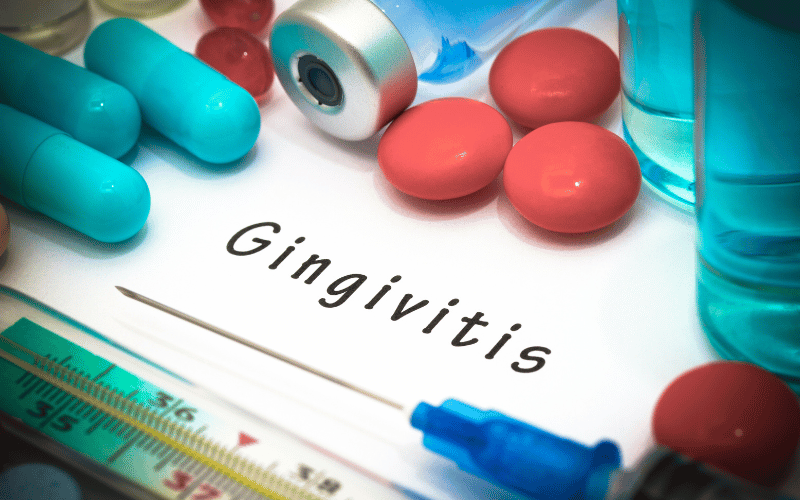Introduction: Understanding Gingivitis in Children
Gingivitis, a common oral health concern in children, often goes unnoticed until it becomes a significant problem. This inflammatory condition, affecting the gums, can have far-reaching effects on a child’s overall dental health and well-being. Understanding the symptoms and knowing what to look out for can be crucial in preventing long-term issues.

The early stages of gingivitis in children are often subtle. Red and swollen gums, a common sign, might be easily dismissed as a normal reaction to new teeth or minor irritations. However, these symptoms can escalate, leading to more serious dental conditions. Being aware of these changes is vital for parents and caregivers.
Another less visible but equally important symptom is bad breath. While often overlooked, persistent bad breath in children could be an indicator of gingivitis. This symptom, combined with other signs like bleeding gums during brushing, underscores the need for a thorough oral hygiene routine and possibly a dental checkup.
The progression of gingivitis can lead to symptoms like sensitive teeth, painful chewing, and in severe cases, tooth loss. These symptoms not only affect a child’s ability to eat and speak comfortably but can also impact their self-esteem and quality of life. Early detection and treatment are therefore imperative.
In this article, we’ll delve into the top 10 symptoms of gingivitis in children. Our aim is to empower parents with knowledge, helping them recognize these signs early on. By doing so, we can ensure that our children maintain healthy, happy smiles for years to come.
1. Red and Swollen Gums: The Initial Alarm of Gingivitis in Children

Red and swollen gums often serve as the first red flag for gingivitis in children, a condition commonly overlooked in its early stages. This symptom, characterized by gums that are more vibrant in color and slightly puffed up, might not appear alarming initially but signifies the onset of gum inflammation. It’s essential for parents to differentiate between normal gum variations and these early signs of gingivitis.
The causes of red and swollen gums in children are varied. Inadequate oral hygiene leading to plaque buildup is a primary factor. This plaque, teeming with bacteria, irritates the gums, causing them to inflame and swell. In some instances, children’s brushing habits, like using a hard-bristled toothbrush or brushing too vigorously, can exacerbate the condition.
The impact of this symptom extends beyond physical discomfort. Children might feel embarrassed about their swollen gums, especially when they smile or talk. Such discomfort can also deter them from brushing properly, further aggravating the condition. Hence, recognizing and addressing this symptom early is crucial for parents and caregivers.
Addressing red and swollen gums involves fostering good oral hygiene practices. Regular and proper brushing, using a soft-bristled toothbrush and fluoride toothpaste, is vital. Additionally, introducing flossing at an early age can help maintain gum health. These habits, coupled with routine dental check-ups, can prevent the progression of gingivitis and ensure children’s oral health. (1)